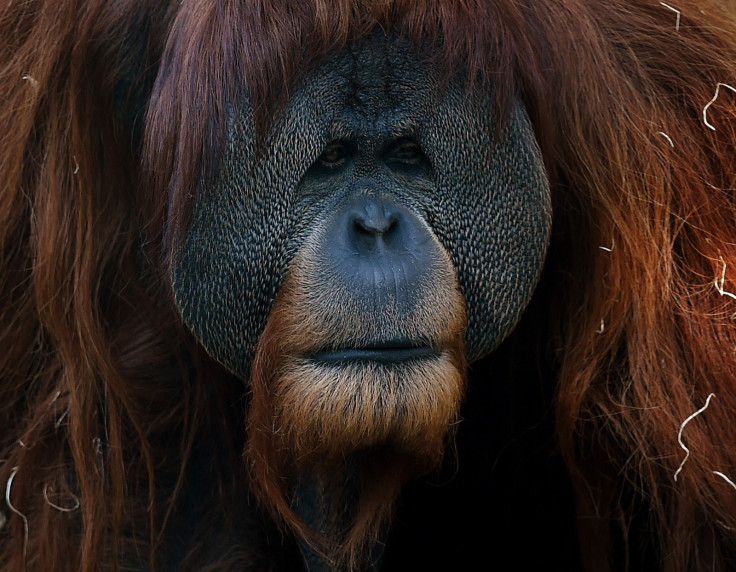Men are growing beards 'to appear more dominant and attractive to women'

Men might be growing beards to appear more attractive to women and more dominant to other men, a study on monkeys has suggested.
Findings of a study by researchers at the University of Western Australia showed that the more competition a monkey has to deal with, the more elaborate their features become.
Published in the journal Evolution and Human Behaviour, Cyril Grueter and colleagues were investigating the idea that in big societies, male primates have developed increasingly ostentatious "badges".
Examples of this include elongated noses in proboscis monkeys, cheek flanges in orangutans, capes of white and silvery hair in hamadryas baboons and beards in humans.
Researchers say that some of these badges could enhance attractiveness to females – rhesus monkeys with darker red faces get more attention from females during mating season, for example.
However, they say competition between males could be the driving factor for these features, with males using them to appear more aggressive and dominant than those without them.
The team looked at 154 primate species and findings showed that in societies where social and physical conflict was common and individual recognition was limited, the more ostentatious the badges became.
In comparison, species that lived in smaller groups had less need for badges, because individual recognition was greater and frequent interaction allowed them to better assess strength, quality and social status.

In terms of humans, the authors say the popularity of moustaches and beards among British men between 1842 and 1971 came about because there were more eligible males than there were females, and beards were thought to be more attractive.
"When you live in a small group where everyone knows everyone because of repeated interactions, there is no need to signal quality and competitiveness via ornaments," Grueter said.
"In large groups where individuals are surrounded by strangers, we need a quick reliable tool to evaluate someone's strength and quality, and that's where these elaborate ornaments come in. In the case of humans, this may also include phenotypic extensions such as body decoration, jewellery and prestige items."
The authors concluded: "In sum, our analysis suggests that among primates with larger group sizes and multilevel social organisations, males have more developed visually conspicuous secondary sexual traits.
"This may reflect selection for amplified signals of individual identity, rank, dominance, or attractiveness in large and complex social organisations wherein social and physical conflict may arise frequently and individual recognition is limited."
© Copyright IBTimes 2025. All rights reserved.






















